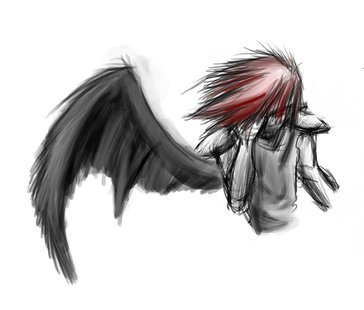Circular Reference in JavaScript

Circular reference is a series of references where an object references itself directly or indirectly through a series of objects, resulting in a closed loop, appearing in most computer programming including JavaScript.
Below are examples of direct or indirect, class and closure circular references:
direct
var user = {
first_name: 'Akinjide'
};
user.self = user;
console.log(user);
console.log(user.self);
console.log(user.self.self);
// same output, just reference to itself
// { first_name: 'Akinjide', self: [Circular] }
// { first_name: 'Akinjide', self: [Circular] }
// { first_name: 'Akinjide', self: [Circular] }
var x = {};
x.x = x;
console.log(x);
// { x: [Circular] }
indirect
var profile = {
user: user,
profile_id: 0090323192
};
console.log(profile);
// { user: { first_name: 'Akinjide', self: [Circular] },
// profile_id: 0090323192 }
class
function User(name) {
this.name = name;
this.self = this;
}
var user = new User('Akinjide');
console.log(user.self.self.self.self.name);
// Akinjide
class User {
constructor(name) {
this.name = name;
this.self = this;
}
}
var user = new User('Bruce');
console.log(user.self.self.self.self.name);
// Bruce
closure
var foo;
foo = function(arg) {
if (arg) console.log(arg);
else foo('name required');
}
foo('Akinjide');
foo();
// Akinjide
// name required
Here the function saved in foo refers to the |foo| variable and implicitly holding reference to itself, creating a foo reference. Conserving and referencing foo from the function scope, even if it goes out of scope.
So, we’ll know Arrays are just Objects and prone to circular reference as well.
var arr1 = ['a', 'b'];
arr1.push(arr1);
console.log(arr1);
// [ 'a', 'b', [Circular] ]
var b = [];
var a = [];
a[0] = b;
b[0] = a;
console.log(a);
console.log(b);
// same output, a Circular
// [ [ [Circular] ] ]
// [ [ [Circular] ] ]
JSON.stringify, transforms a JavaScript value to JSON string by traversing values within. If it encounters a circular reference, it’ll just throw an error, otherwise continues forever :(
var user = {
first_name: 'Akinjide'
};
user.self = user;
try {
JSON.stringify(user);
} catch(e) {
console.log(e);
}
TypeError: Converting circular structure to JSON
at JSON.stringify (<anonymous>)
at repl:2:6
at Script.runInThisContext (vm.js:65:33)
at REPLServer.defaultEval (repl.js:246:29)
at bound (domain.js:370:14)
at REPLServer.runBound [as eval] (domain.js:383:12)
at REPLServer.onLine (repl.js:497:10)
at REPLServer.emit (events.js:165:20)
at REPLServer.Interface._onLine (readline.js:287:10)
at REPLServer.Interface._line (readline.js:640:8)
}
JSON.stringify wrapped within a try…catch statement and specifing a response, should an exception be thrown is indeed one of the simplest ways to detect (probable) circular references.
Thoughts
Circular reference represents a big problem in computing and can happen in a production application when one piece of code requires result from another and the referenced code needs result from the original code.
This can render the program useless because none of them can return any useful information whatsoever, or might introduce small obscure memory leaks lurking around in random places, especially in older versions of JavaScript engines.
Those are all my thoughts for now. If you’d like to try or use an external library to detect circular reference, use is:
npm install akinjide/is
Note: With GC (Mark-and-sweep algorithm), circular references are not a problem anymore.
PS: If you read this far, you might want to follow me on GitHub, or subscribe via RSS above for updates.